Leafhoppers Again?
These apple leafhopper nymphs and adult show the shape of the insect. Potato leafhoppers are the same shape but greenish in color. Photo courtesy of Don Barry, Univ. of Maine Pest Management Office. By Eric Sideman, Ph.D. MOFGA’s Director of Technical Services Last year towards the end of June and early July, I started to
